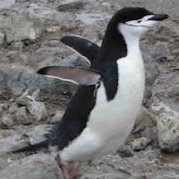All Activity
-
Forum Statistics
254.6k
Total Topics4.4m
Total Posts -
Member Statistics
-
Who's Online 144 Members, 5 Anonymous, 2,868 Guests (See full list)
- Rob de Bie
- Major Clanger
- Latinbear
- TGC
- Xspace
- Toryu
- Bushveldboy
- IMG1
- CJP
- Pagey
- gwyndaffandy
- JamesP
- NavyWessex
- Erwin
- AT7GMK
- Adam Heffer
- The wooksta V2.0
- follasha
- Tabio
- Richard Humm
- PeterR
- Blimpyboy
- Stormcrow
- dalea
- chrisrope
- Alinus777
- szeregowy
- Seboo
- SteveR
- Doccur
- Jarna
- alanbeeb
- Greg B
- Oc1sup
- Whofan
- Heather Kay
- nickc
- Simon Cornes
- Bigturbofan
- Oliver
- vaoinas
- CrazyCrank
- kev67
- Mycapt65
- rms77
- PhantomBigStu
- S-boat 55
- PROPELLER
- El Búho de Sevilla
- Juhannussima
- Kingsman
- bigbadbadge
- ivan-o
- Autle
- paxb
- Peter O
- Marcel
- Navy Elephant
- JonFlim2
- 2996 Victor
- Harrysgrandad
- marky sparky
- tempestfan
- Technics
- Kentavros76
- Grandboof
- Jaguar MKII
- mr_stomach
- beefy66
- Parabat
- Rabbit Leader
- Stick
- Retired Bob
- Troffa
- Hypersonic
- bigant
- Pete in Lincs
- Phil1960
- Mig Eater
- Robert Shedd
- Kas
- Ventora3300
- Acky190
- Neddy
- Rob K.
- Apophis
- Grey Beema
- modelling minion
- MrB17
- Angus Tura
- Redstaff
- Microbacchus
- georgeadams
- Willefeldt
- junco
- Dunny
- Totally Mad Olivier
- Baggers
- Jochen Barett
- Andrés S.
- wimbledon99
- Steve D
- CedB
- wmcgill
- alexb2611
- cpoud117
- PDH
- Dave Slowbuild
- TheKinksFan
- tomprobert
- Jan Skalka
- havlicekdom
- JoeSmith
- npb748r
- Ryan Hothersall
- tonyh
- spitfire
- sinnerboy
- crvena petokraka
- flarpen
- Ranger822
- Claes
- PinguinoVolante
- Ka-Efka
- Giorgio N
- marvinneko
- dromia
- Kitkent
- Dudikoff
- Ad-4N
- Shide58
- Sierra Mike Sierra
- Angell328
- keefr22
- br60066
- politicni komisar
- robstopper
- Sarawakia
- martin31
- fox1_BE
- NostalgicBlue2014
- Duggy
- jsolo
- Dandie Dinmont

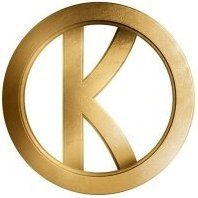
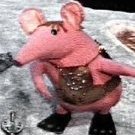
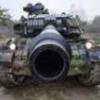

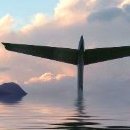
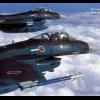




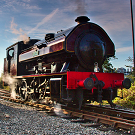


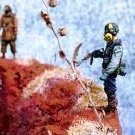
.thumb.jpg.76f12b87ce9ca9929c9aabdcf8f9d2dd.jpg)
